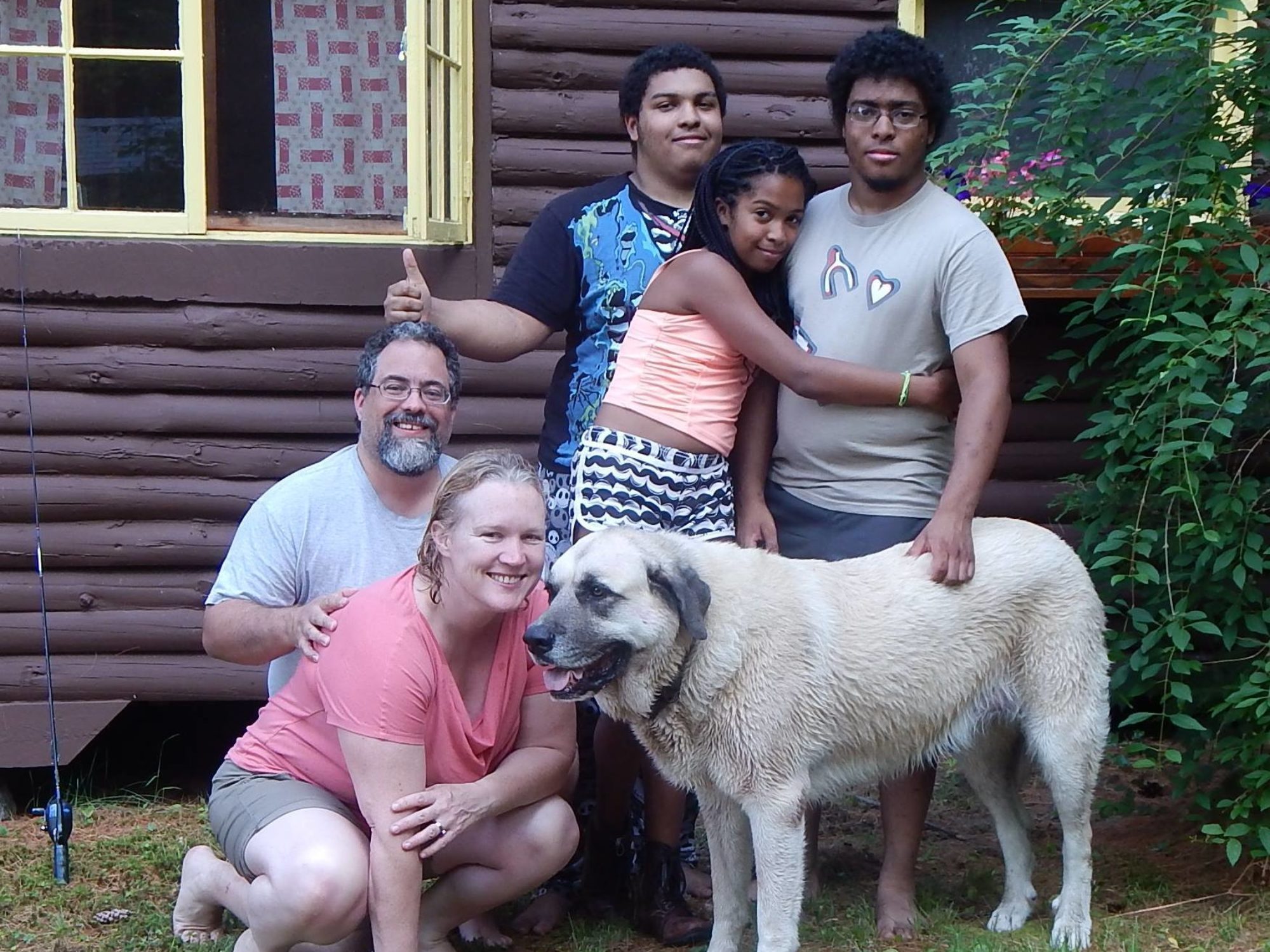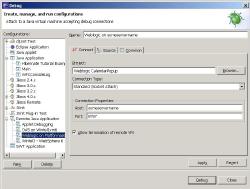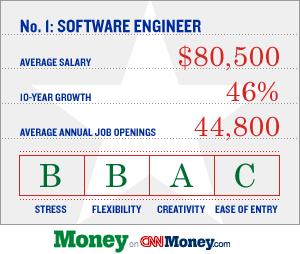This is the post that I have put off writing for years, for one reason or another.
Let me begin by a disclaimer. An anxiety disorder does not mean that a person worries excessively about things, or, more specifically, the anxiety that an anxiety disorder causes is not the same as “real” worry.
Let me explain. When we moved a year and a half ago, we had a surprising amount of trouble with selling our house. We had buyers back out, we had a buyer who had no job, we lost bids on houses we were attempting to buy. That produced some “real” worry on my part.
For example, during the sale of the house, purchase of the new one, and the move, I must confess, there was a certain amount of real worry. There were dozens of details that had to work out perfectly. Nichelle had gotten sick in the last week before the move, and the packing was behind schedule, even though we’d been working on it for a year. After we moved, my anxiety disorder kicked into a higher gear for about three weeks, when there was no reason for “real” worry at all. Anxiety-disorder-caused worry simply does not feel the same.
Scripturally speaking, we are not to be worriers. Everything is in God’s hands, and part of the Christian life is to trust Him. It doesn’t mean nothing bad will ever happen to us, but that God gives us grace to deal with what comes, and we can depend on Him to provide that.
History of My Anxiety
In October of 1995, I awoke one morning in a state of what I can only describe as abject terror. I had never experienced anything like this before. Even worse, unlike some people who have panic attacks, this anxiety never went away. It was with me all day, every day, for every waking moment.
I could not figure out what was wrong. Despite knowing that many such things are caused by chemical imbalances within the brain, my self-diagnostic software was offline. I concluded that this must be some sort of spiritual attack.
As I look back now, I can see that I had fairly long periods of heightened anxiety about certain situations throughout my youth, probably starting at age 8 or 9; I will discuss that later.
I was in agony. I was able to work, operating WordSmith Digital Document Services full-time, although it was very difficult to concentrate. When I got home, I was exausted. I couldn’t eat much. I spent long hours on the phone, talking with my sisters Cindy and Fran. Of course, I also spent a lot of time talking to my wife, Nichelle. Fran fed me Scripture and we prayed often. Nothing seemed to work. Talking about how I felt and praying with my family helped sometimes, but nothing took away the almost always overwhelming, constant feeling of fear.
I remember a couple of things very clearly. I remember looking at Isaac, who was six months old at the time, and thinking, “I should be enjoying this time with my son, but I can’t.” I also remember once or twice, while transitioning into waking, the anxiety would not be present for just a second or two, and then it would come crashing down on me. Feeling normal for such a fleeting moment made everything worse.
Because I was not eating normally (I didn’t have food anxieties, but had little interest in food), I lost weight. It was ironic when people would comment on how much better I looked. It wasn’t worth the price.
Occasionally, I’d get bad advice from the uninformed. My friend Mark and I boiled this down to a simple message, “You don’t have enough faith.” (We continue to tease each other in that fashioin to this day.) Many people simply don’t view the mental health realm as being biologically based. Few people would say to someone with a broken arm or influenza, “Well, just keep praying.” Praying should definitely be part of any treatment, but broken bones need to be set, and the flu is a virus the body must fight off. I am not at all saying that prayer doesn’t work, but the fact is that, although He does miraculously heal people, God doesn’t want everyone healthy; there are lessons to be learned in our infirmities, and His plan for our life may involve suffering.
After nearly six months of this, my family’s practicality sunk in, and I went to see a doctor. I didn’t really trust the fields of psychology or psychiatry (although a psychopharmacologist would, in retrospect, have done me a world of good), but I agreed to go to an internal medicine specialist, Dr. Richard Lubens, who I knew had an excellent reputation for listening to his patients.
He said, “Ah, it sounds like you have a generalized anxiety disorder. We don’t know what causes them, but there are some treatments that work very well.” He chose an older medication, partly because of its well-established history, and probably partly because I was uninsured at the time and it was inexpensive, unlike many of the newer medications.
He put me on a small dosage of amitriptylene, which is an older, tricyclic medication. Within a week I was feeling vastly improved. A week later, as a follow-up, he increased the dosage slightly.
I was normal again. Even better than normal. For the first time in my life, the things which had caused my occasional anxiety as a child stopped bothering me. I had my life back. What a blessing!
But the story does not end there.
Note: This post will be expanded over the next few days, or perhaps longer.
Topics to come:
- Anxiety “triggers”
- My anxiety versus panic attacks
- Reflections on anxiety/panic during childhood
- Current status






